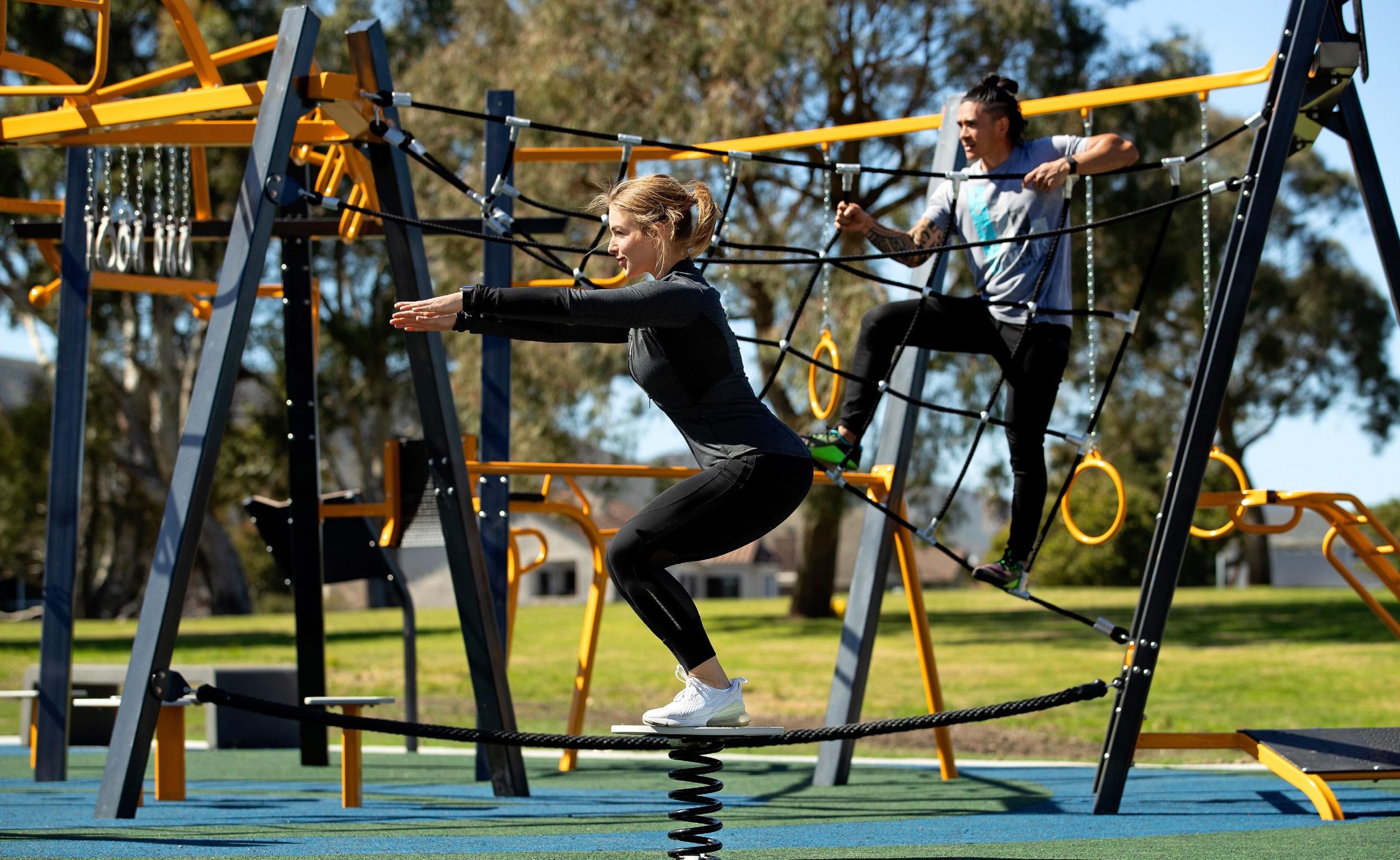
Outdoor Strength Training for Adventure Sports
- 0
Adventure sports provide an exciting and exhilarating way to explore the great outdoors. Whether it's rock climbing, mountain biking, kayaking, or any other adventure activity, participants need to be physically prepared to face the challenges that come their way.
The Importance of Strength Training
Strength training plays a crucial role in improving performance and reducing the risk of injuries in adventure sports. It enhances overall body strength, power, endurance, and flexibility, enabling athletes to perform at their best while keeping them safe.
Benefits of Outdoor Strength Training
While traditional indoor gym workouts are effective, taking your strength training routine outdoors can offer numerous additional benefits. Not only does it provide a refreshing change of environment, but it also replicates real-world conditions and challenges that adventure sports enthusiasts will face.
Natural Terrain: Outdoor environments present a variety of uneven surfaces and terrains, such as hilly trails, rocky landscapes, and sandy beaches. Exercising on these surfaces engages a wider range of muscles, improves balance, coordination, and stability.
Environmental Factors: Unlike controlled indoor environments, outdoor strength training exposes athletes to weather elements like wind, rain, and temperature variations, which strengthens resilience and mental toughness.
Functional Movements: Many adventure sports involve movements that mimic functional activities such as lifting, pulling, pushing, and carrying. Incorporating these movements into outdoor workouts enables athletes to develop sport-specific strength.
Vitamin D: Being outdoors allows athletes to soak up some natural sunlight, ensuring optimal vitamin D levels in the body. This promotes bone health, immunity, and overall well-being.
Effective Outdoor Strength Training Exercises
When it comes to specific exercises for outdoor strength training, there are limitless options to choose from. However, focusing on functional movements that engage multiple muscle groups is key. Here are some excellent exercises to incorporate into your outdoor routine:
1. Bodyweight Exercises:
Bodyweight exercises are incredibly versatile and can be performed anywhere, anytime. Some examples include push-ups, squats, lunges, planks, and burpees.
Example Workout:
Perform three sets of 10 push-ups, 15 squats, 12 lunges per leg, 30-second planks, and 10 burpees. Rest for 1-2 minutes between sets.
2. Plyometric Exercises:
Plyometric exercises focus on explosive movements to build power and speed. These exercises include box jumps, squat jumps, tuck jumps, and clap push-ups.
Example Workout:
Do three sets of 8 box jumps, 10 squat jumps, 12 tuck jumps, and 10 clap push-ups. Take 1-2 minutes of rest between sets.
3. Resistance Band Training:
Resistance band exercises are portable, lightweight, and provide constant tension throughout the movement. These bands can be used for exercises like banded squats, banded rows, and banded lateral walks.
Example Workout:
Complete three sets of 12 banded squats, 10 banded rows, and 20 banded lateral walks per side. Rest for 1 minute between sets.
4. Outdoor Circuit Training:
Design an outdoor circuit training routine that combines various exercises and stations. Incorporate a mix of cardio, strength, and agility exercises to challenge your entire body.
Example Workout:
Set up stations for running, jumping jacks, push-ups, step-ups on a bench, and planks. Spend 1 minute at each station, performing as many reps as possible. Rest for 1-2 minutes and repeat the circuit for three rounds.
Safety Considerations
Before embarking on any outdoor strength training program, it is essential to prioritize safety. Here are some important considerations.
Warm-up: Begin every session with a dynamic warm-up to prepare your body and prevent injuries.
Proper Form: Ensure you maintain proper form and technique during exercises to avoid unnecessary strain on your body.
Gradual Progression: Gradually increase the intensity and difficulty of your workouts over time to avoid overexertion and allow your body to adapt.
Hydration: Stay well-hydrated by drinking water before, during, and after your workout sessions.
Sun Protection: Apply sunscreen to protect your skin from harmful UV rays, wear a hat, and use sunglasses.
Accountability Partner: Consider training with a partner for added safety and motivation.
Conclusion
Outdoor strength training offers adventure sports enthusiasts an opportunity to prepare for their activities while enjoying the natural beauty of their surroundings. By incorporating functional movements, tackling uneven terrains, and embracing the elements, athletes can build physical strength, mental resilience, and performance capabilities needed to excel in their chosen adventures.

